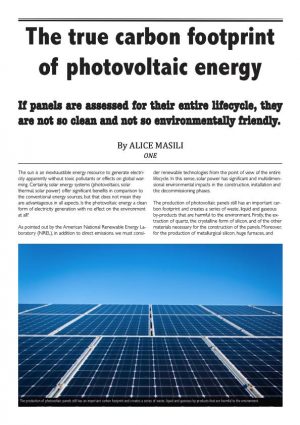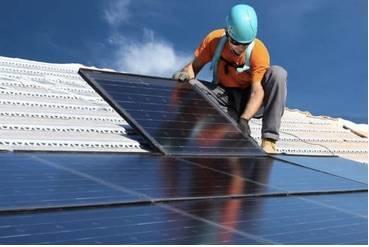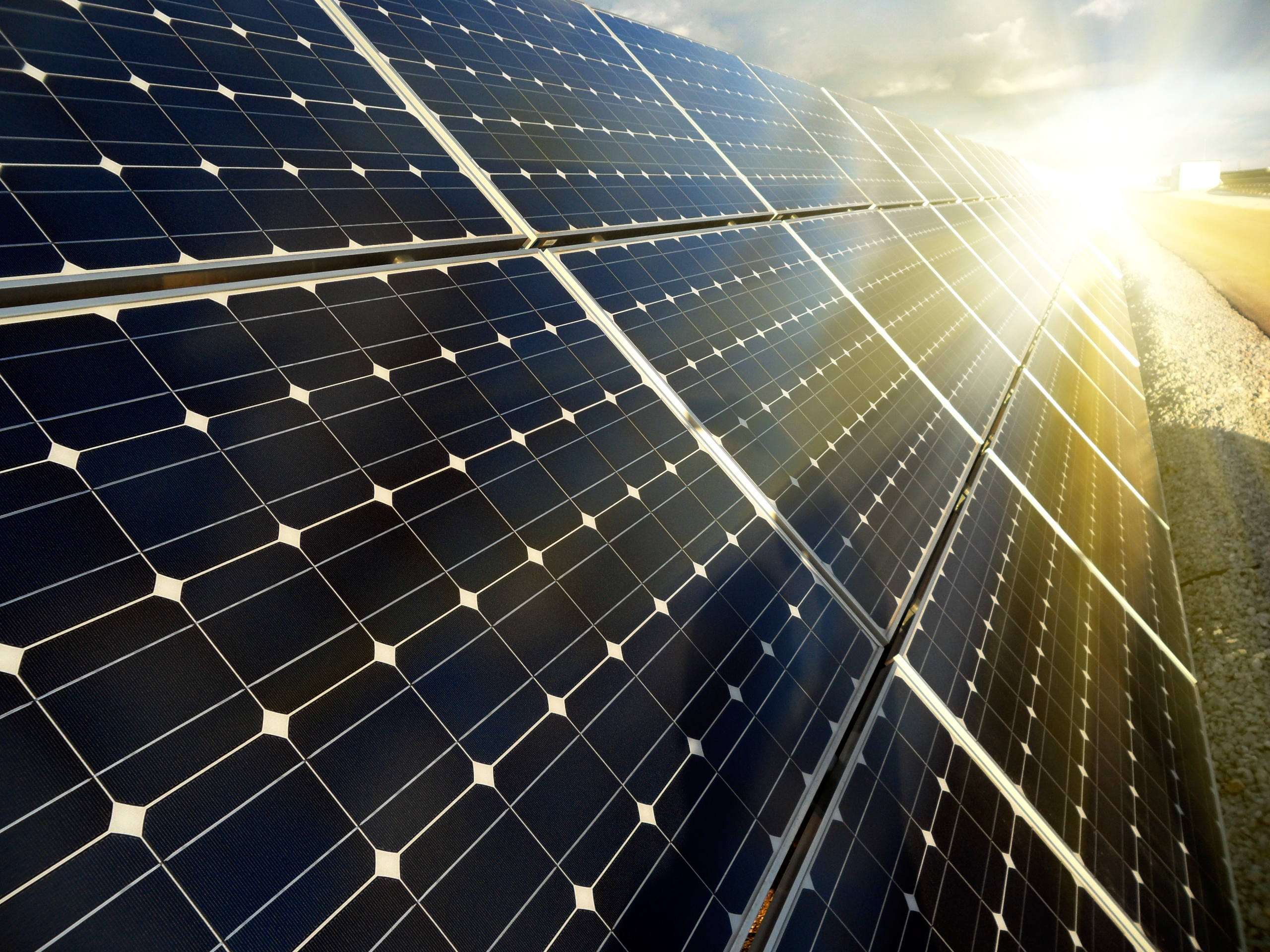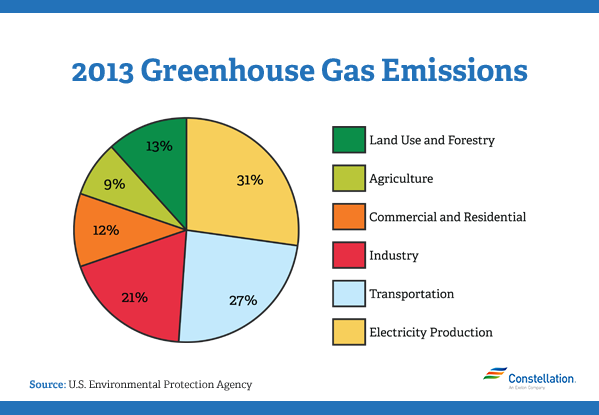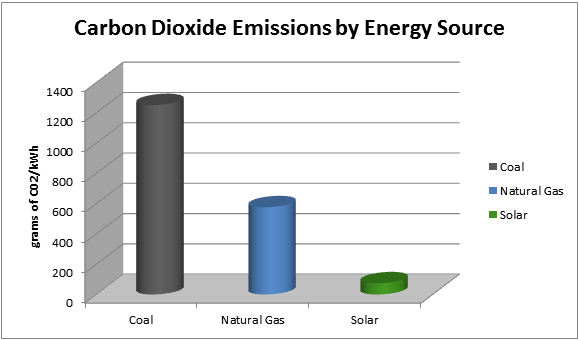In the united states most of the emissions of human caused anthropogenic greenhouse gases ghg come primarily from burning fossil fuels coal hydrocarbon gas liquids natural gas and petroleum for energy use economic growth with short term fluctuations in growth rate and weather patterns that affect heating and cooling needs are the main factors that drive the amount of energy consumed.
Amount of greenhouse gases released by producing solar panels.
The wind energy produced in denmark for example provides about 10 percent of the country s total energy needs.
It shows that the carbon footprint of solar wind and nuclear power are many times lower than coal or gas with carbon capture and storage ccs.
It even produces greenhouse gases such as carbon dioxide that contribute to global.
A potent greenhouse gas used to make solar panels is on the rise nitrogen trifluoride emissions in the united states while very low compared to carbon dioxide could be an easy target in the.
Solar energy systems power plants do not produce air pollution water pollution or greenhouse gases.
The research published in nature energy measures the full lifecycle greenhouse gas emissions of a range of sources of electricity out to 2050.
Department of energy energy information administration 16 pp 111k about pdf acres of u s.
Making solar or photovoltaic cells requires potentially toxic heavy metals such as lead mercury and cadmium.
And it turns out that the time it takes to compensate for the energy used and the greenhouse gases emitted in photovoltaic panel production.
Forests storing carbon for one year forests are defined herein as managed forests that have been classified as forests for over 20 years i e excluding forests converted to from other land use types.
These methods of energy production emit no greenhouse gases once they are up and running.
Make a solar panel by the amount of carbon generated.
Fortunately the use of alternative energy sources such as solar wind geothermal and hydro energy is gaining increased support worldwide.
Fabricating the panels requires caustic chemicals such as sodium hydroxide and hydrofluoric acid and the process uses water as well as electricity the production of which emits greenhouse gases.
A typical solar panel must operate for at most four months for the greenhouse gas savings to balance out its fabrication emissions the researchers concluded.

